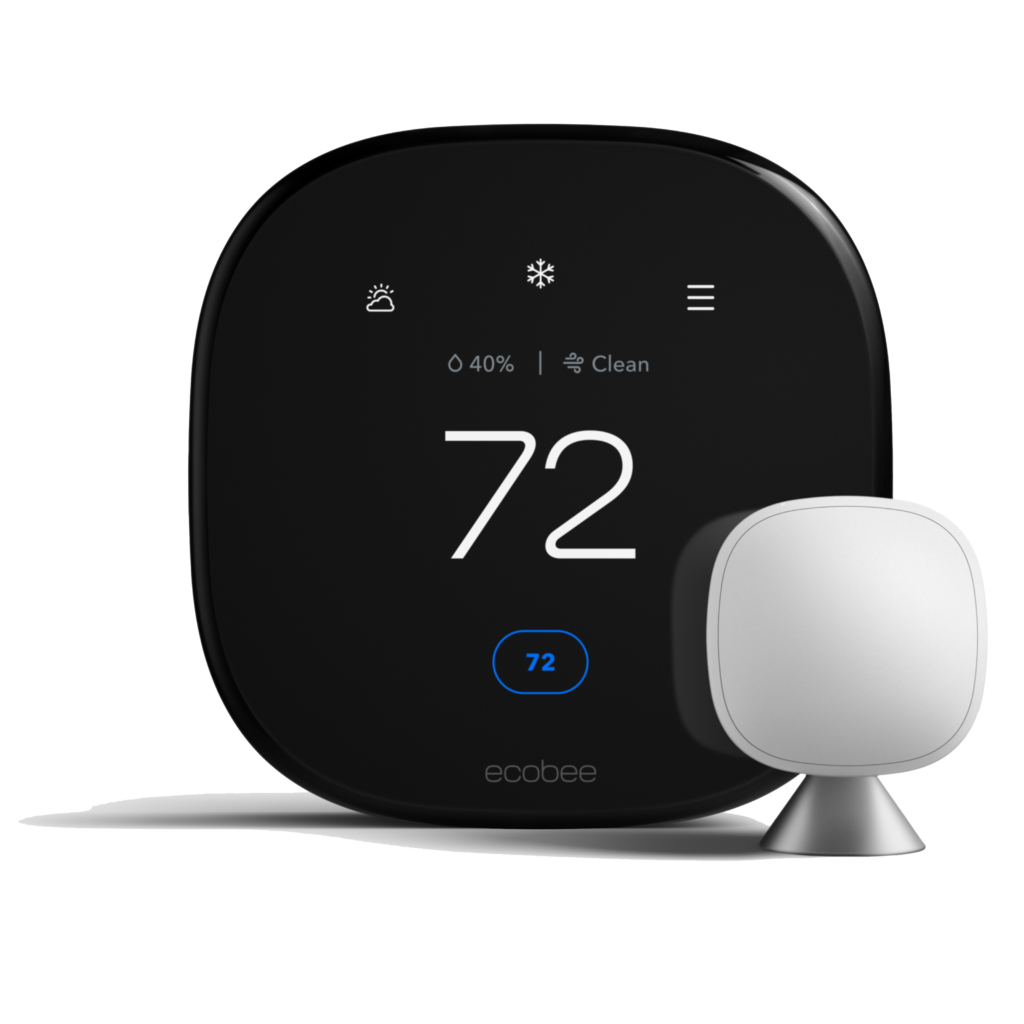Thermostat Types and Their Benefits

Thermostats are major players in HVAC systems whose function is to assist in the regulation of temperature within residences and other structures. Scanning through the options of thermostats available in the marketplace, each thermostat ranges in advantages and features. In this blog, we will talk about the most popular types of thermostats & its benefits. […]
Energy Efficiency with Smart Thermostats

Energy efficiency is essential in today’s world. One of the simplest and most effective ways to cut your energy bill is to use smart thermostats. A smart thermostat allows you to automatically regulate the temperature of your home depending on usage patterns, occupancy levels, and more. Now, let’s explore the benefits of having a smart […]



